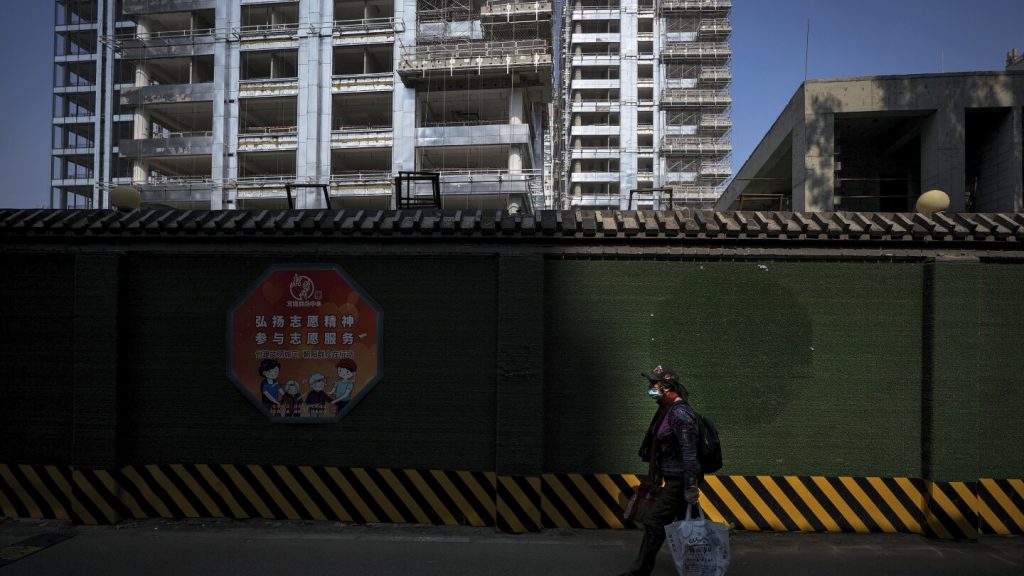China’s exports saw a sharp slowdown in September, rising only 2.4% in dollar terms from the previous year, compared to 8.7% growth in August. This decrease has raised concerns about the country’s economic growth, especially with global demand weakening. Economists had predicted a higher growth rate for exports and imports, but the actual figures fell short. China recorded a trade surplus of $81.7 billion in September, down from $91 billion in August, signaling a decline in overall trade activity.
The weakening demand is reflected in other economic indicators as well, with inflation decreasing and wholesale prices for manufacturers falling. To combat this slowdown, Chinese policymakers have announced various measures to boost the economy, including frontloading 200 billion yuan for spending and construction projects from next year’s budget. Despite these efforts, economists believe that more significant stimulus is needed to pull the economy out of its current state.
While China’s exports have seen some growth this year, particularly in sectors like autos, the overall trend is slowing down. The government’s target of about 5% annual economic growth for this year may be challenging to achieve without stronger export performance. Analysts suggest that increased government spending could lead to stronger imports of industrial materials, helping to stimulate economic activity across various sectors. However, growing trade barriers could pose challenges in the future and limit export growth opportunities.
Earlier in the year, China’s export sector played a significant role in supporting its manufacturers, but the current situation requires a different approach. The government’s focus on boosting consumption and investment to achieve its growth objectives may help offset the slowdown in exports. While short-term export growth may remain stable, analysts predict that trade barriers could become a significant constraint in the long run. The outlook for China’s trade as an engine of growth is uncertain, especially with escalating global trade tensions impacting the country’s exports.
In conclusion, China’s economic growth faces challenges as global demand weakens, affecting the country’s export performance. Policymakers have announced measures to boost the economy, but economists believe more substantial stimulus is necessary. While short-term export growth remains stable, the long-term outlook is uncertain due to growing trade barriers. China may need to rely on other sectors such as consumption and investment to achieve its growth targets in the face of weakening global trade conditions.















